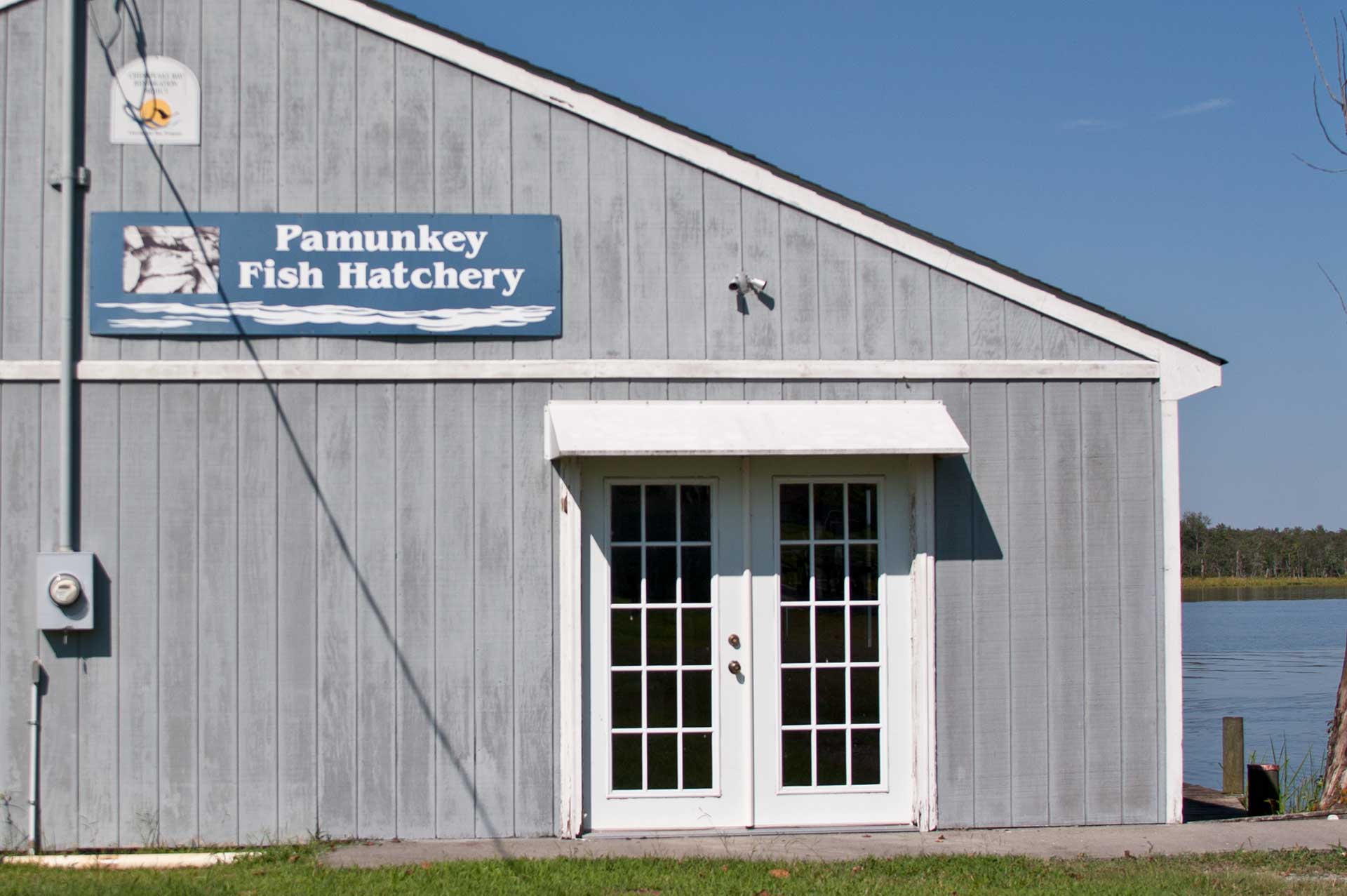American Indians throughout history have long maintained a close relationship with nature.
Return to nature what you have taken from it. Love it. Respect it.
This harmony with nature is not only spiritually guided, but also helps to preserve the beauty that nature provides and the wealth of sustenance to be gained from it.
How do you do that, and live by that ethos, in contemporary times?
The Middle Peninsula’s Pamunkey Indian Tribe has found a way through its fish hatchery.
What is a fish hatchery?
A fish hatchery, at its core, is essentially a way to farm fish.
In a hatchery, fertilized fish eggs are hatched and cultured for several weeks.
During this period, if the fish are being returned to the wild, they will often be tagged with a harmless chemical that will allow them to be tracked.
From there, once the fish have grown, they are either released into the waters to replenish or are sold to distributors.
Fish hatcheries are an excellent way to maintain healthy species levels without being overly invasive to their native habitats.
What does the Pamunkey Indian Tribe have to do with fish hatcheries?
A lot, actually.
In keeping with Pamunkey Indian Tribe and Native American traditions, the tribe uses a fish hatchery on their Reservation to return the fish that they use and have used for centuries back to nature.
Shad and herring are two of the most popular fish in Pamunkey culture for their integral role in both the Pamunkey diet and Pamunkey economy.
Like most hatcheries, the Pamunkey hatchery manually spawns and incubates shad eggs where they are kept for 16 days. The fish are treated with oxytetracycline, which tags them as having been spawned from the Pamunkey fish hatchery.
From there, they are released directly back into the Pamunkey River!
When was the Pamunkey Fish Hatchery founded?
The Pamunkey Indian Tribe Fish Hatchery was founded in 1914. Over time, the complexities of the hatchery grew as much as the size of it. Back then, an 800-gallon holding tank and a gas motor were the largest parts of the initial process.
The hatchery closed its doors in the 1940s. In the 1950s, a new method of hatching fish via tidal boxes emerged.
By the 1980s, the hatchery received financial support from the Virginia Marine Resources Commission (VMRC).
The hatchery modernized and great with this additional support.
Since then, the hatchery has seen even more upgrades, including the installation and use of more holding takes, new plumbing systems, and a new filtration system to make the hatchery as efficient and modern as possible.
Why does this matter?
Hatcheries are a perfect example of the blending of both modern and established Native American traditions.
Learn more about the Pamunkey Indian Tribe Fish Hatchery here.

